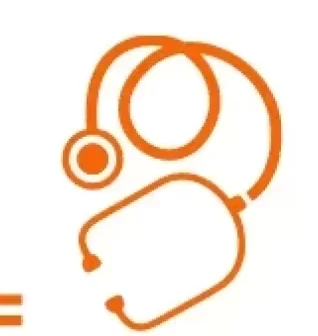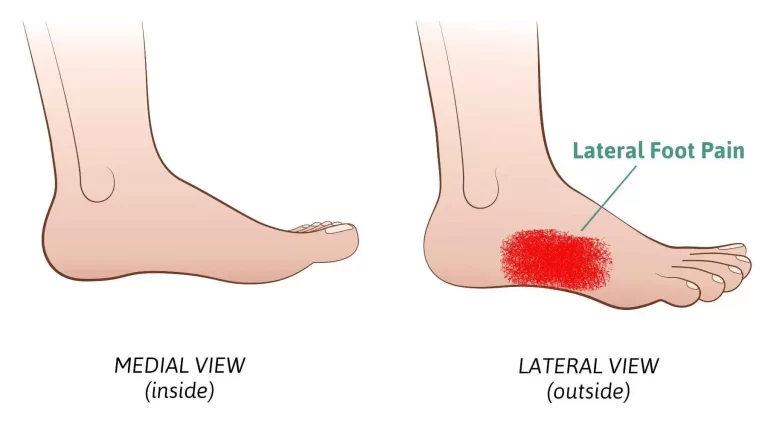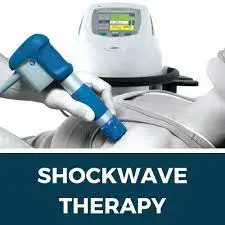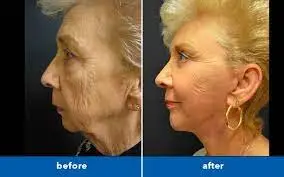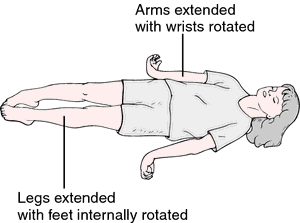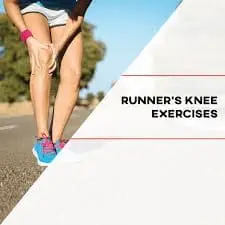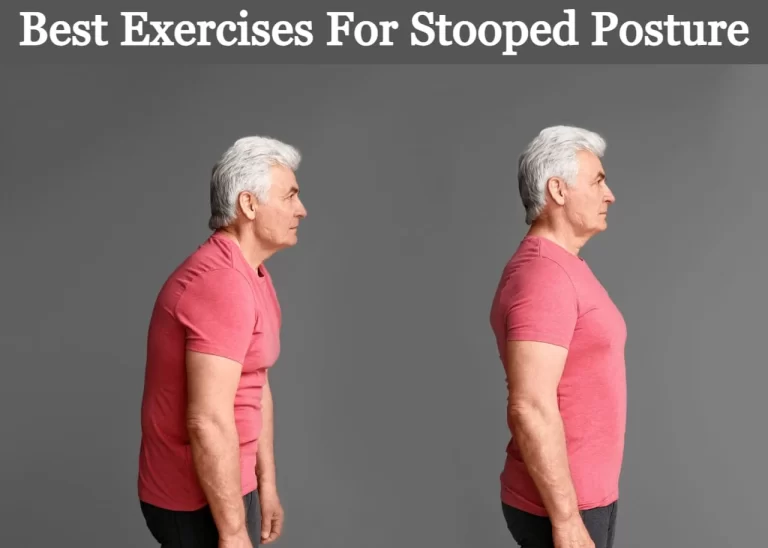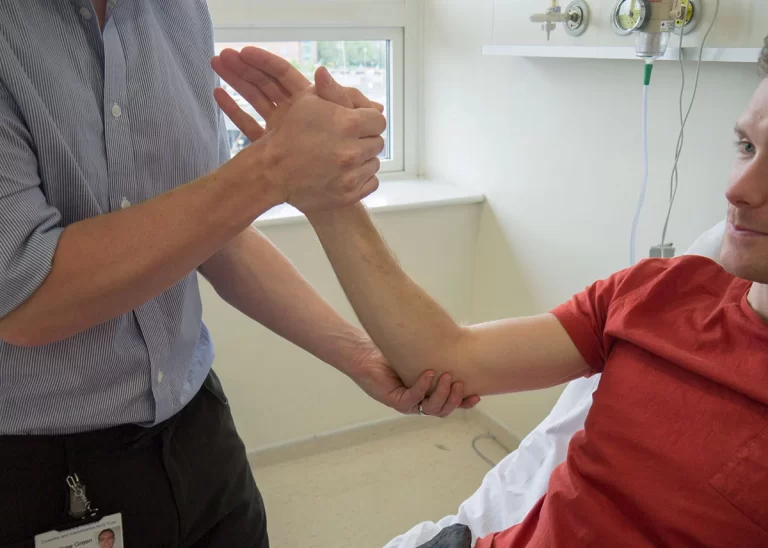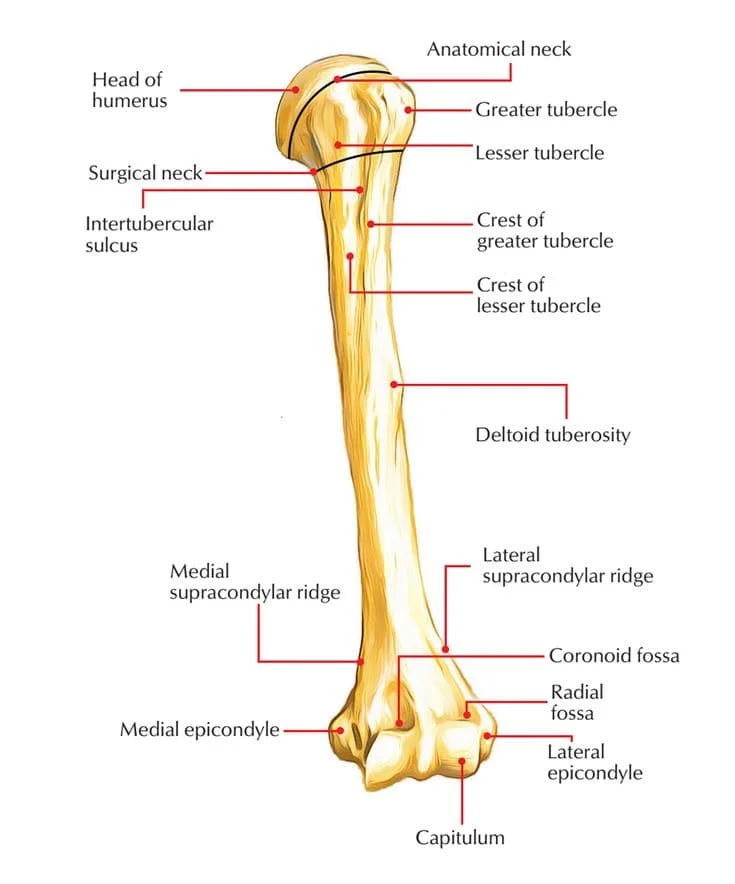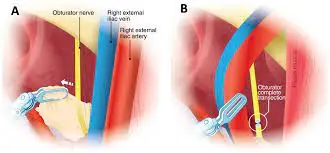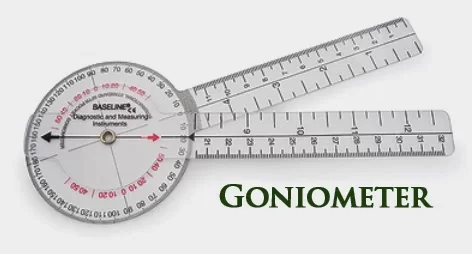Sural Neuritis
Sural neuritis, also known as sural neuralgia, is a painful disorder caused by irritation or damage to the sural nerve. The most common description of the pain is a burning feeling on the outside of the foot and ankle. It can happen after surgery on the feet and ankles or if there is a nerve injury. Using an…
